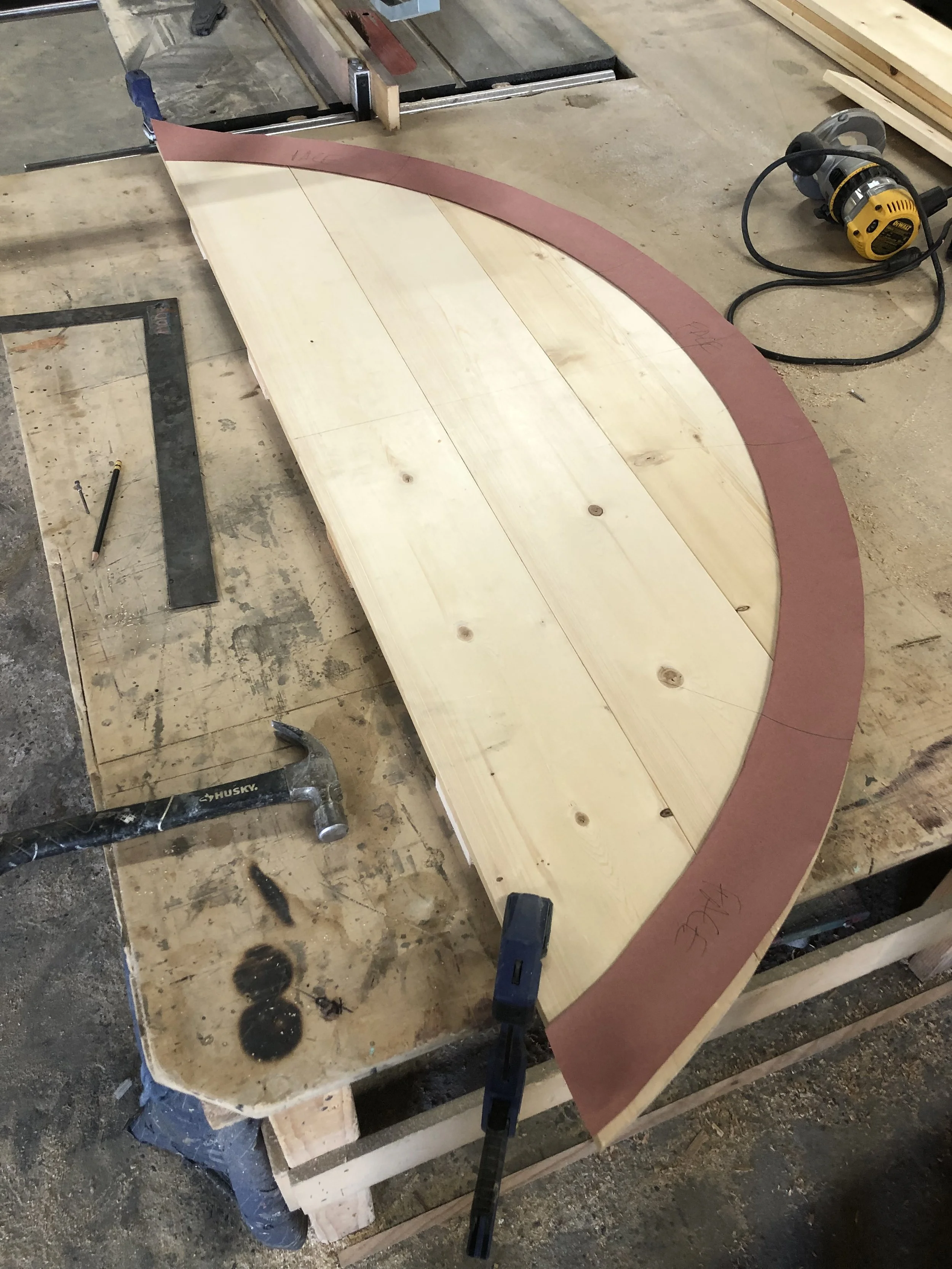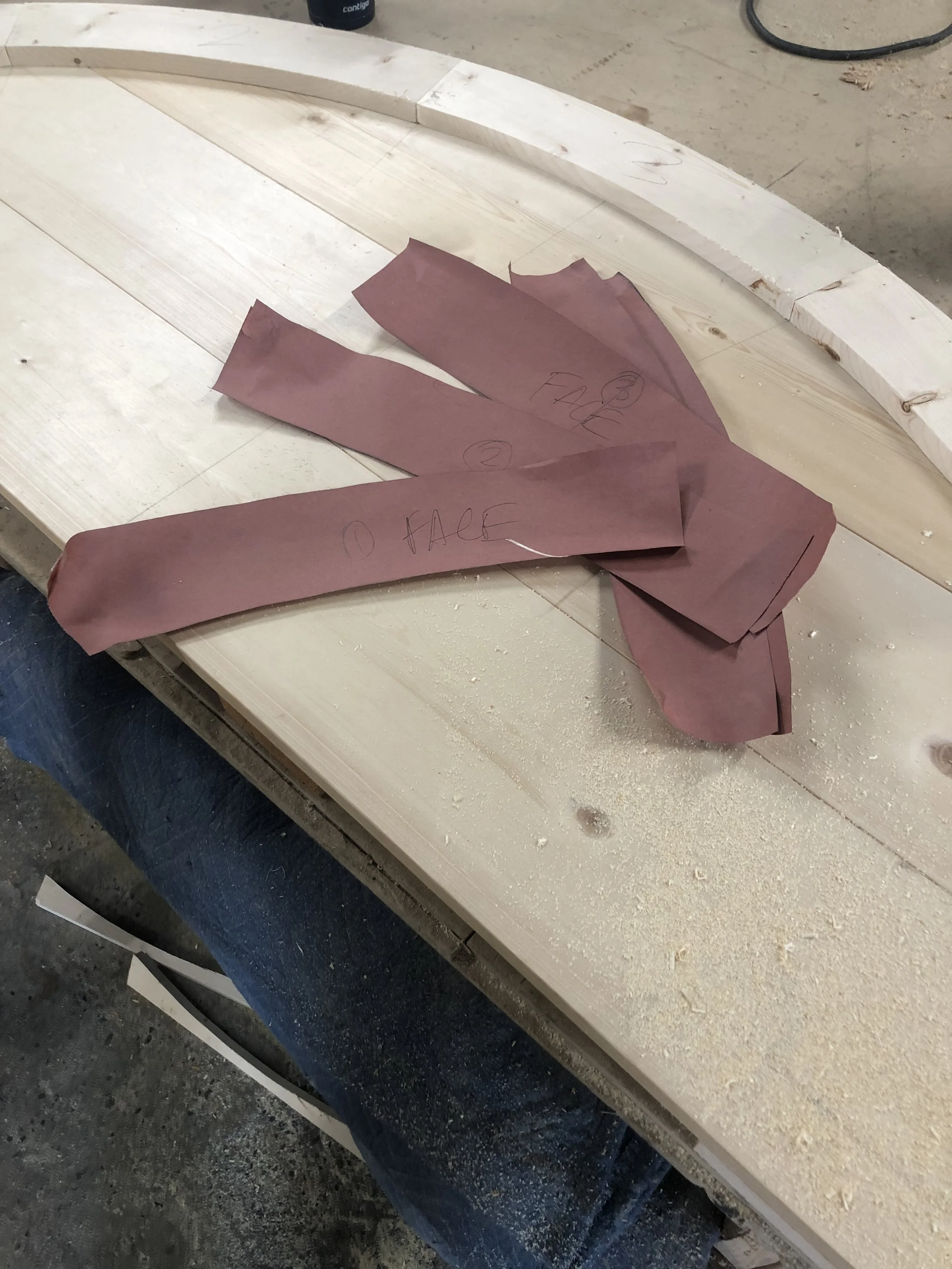Methodology
When Carrie tells people I’m an artist, the follow-up is usually a question about medium, genre, field or something that narrows the description from “artist”. Often, she’ll chuckle and say, “He dabbles.” It’s true, I’m always curious to learn a new technique or a new medium or anything really (watch out bone carving, you’re next). But because I dabble, there are necessarily many irons in my fire. My current list of creative pursuits is long. At my day job, I’m currently participating in three different fabrication projects. In my home shop, I’m working on three projects. In addition, I’m writing and running a weekly D&D home brew campaign for me and six friends, building a deck outside our bedroom, writing questions for a weekly pub quiz and occasionally doing some writing for this blog. I also have a paused side project that involves archival journalism research about Fresno that I hope to resume at some point.
Anyway, the point is that doing any of those things, or really anything in my life, requires a set of steps that have been labeled various things by various people. You can pick whatever words out of the thesaurus that work for you or look good on your vision board (I’m a fan of alliteration and assonance if at all attainable):
Plan, intention, ambition, goal, target, objective, hope, aspiration
Make ready, draw up, develop, assemble, edit, compose, prepare
Implement, carry out, execute, complete, put into effect, enact
I had a project at work yesterday that required a curved wood border. My step one target was set. Thanks to coworker Andy and the client, that call had already been made.
On a work table, a chord cut from pine has an arc of red paper around the edge. A hammer, router, clamps, square, pencil, and table saw are visible.
In this case, step two was a series of decisions done in layout, followed by the creation of a template. I decided how I wanted the grain direction oriented on the pieces and that they would be cut sequentially from the same board. I laid out, directly on the workpiece, the radial angles that would divide the segments. Then I transferred those markings to a paper template and cut it into the segments I devised earlier. I taped those to a board, stood back and drank some coffee. A fleeting thought about taking a picture of what I was doing whisked through my brain and I put it out of mind.
Used paper templates sit on sawdust covered pine boards on a work table. Cut-off scraps lie on the floor below and rough-cut segments are visible.
Steps two and three often merge or trade places in my creative world, and I repeat them…a lot. As any military or sports strategist will tell you, plans fail frequently. How frantically I regroup and counter those failures correlates with the urgency of the situation. Thankfully, this particular plan was pretty straightforward and nothing went awry. None of the processes or even the goal of this project were new to me. I was able to rely on my experience and previous failures to avoid any potential pitfalls here. I rough cut my pieces using the paper templates as guides and then finished them with drum sander and chisel before attaching them.
A wooden chord of a circle cut from three, horizontally stacked, cream-colored pine with curved border composed of five equal segments of pine.
I mentioned failure above. That’s part of the fourth and most important step in my process. We all know that one though. Gurus, therapists, parents, best friends and more admonish their charges to look at their failures and analyze them, think about them, remember them. Learn from them. The practice of my life, in all aspects, tends to improve when I am able to bypass or overcome as many frustrations as I can by being methodical about the problems I face.



